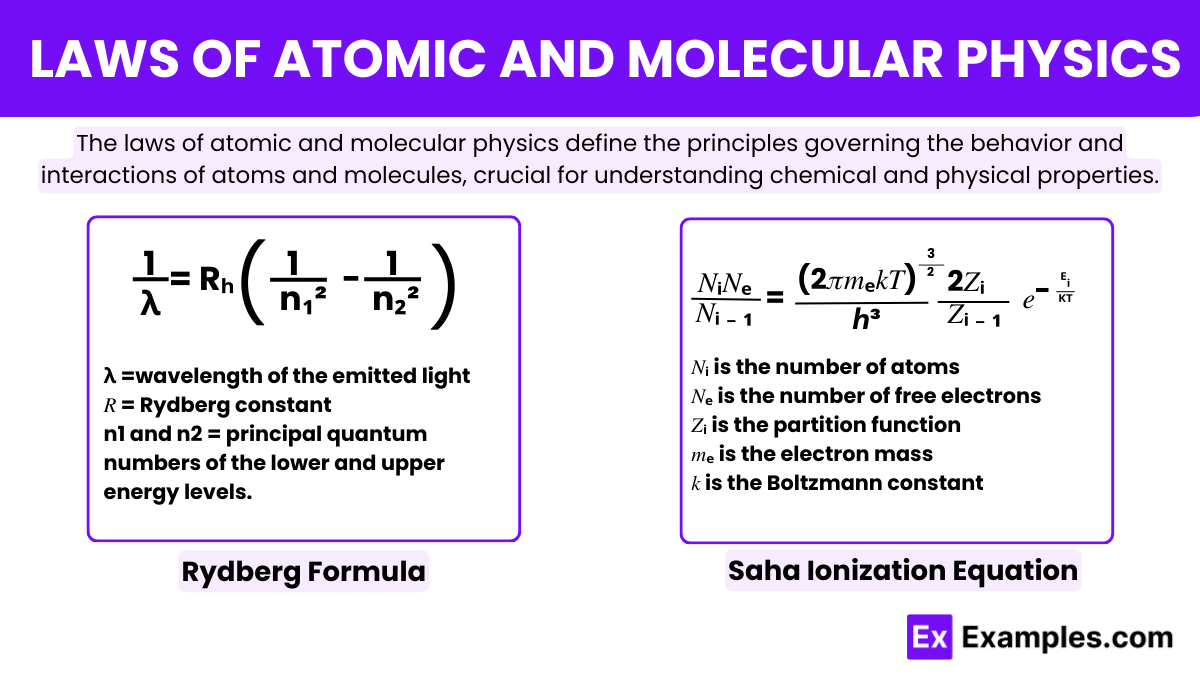Which of the following principles is central to the atomic theory proposed by John Dalton?
Atoms are divisible
Atoms of different elements combine in simple whole-number ratios
Atoms are created and destroyed in chemical reactions
Atoms have the same mass regardless of the element


